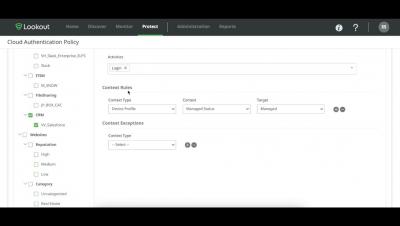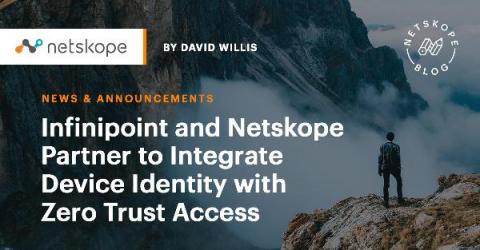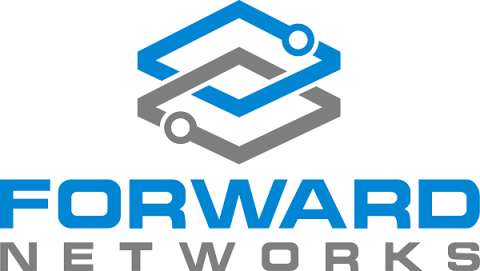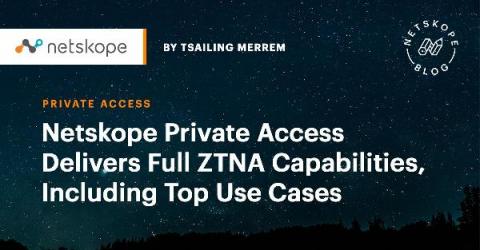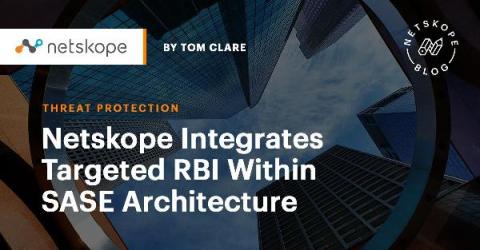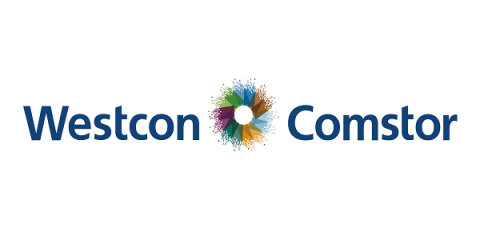Security | Threat Detection | Cyberattacks | DevSecOps | Compliance
Zero Trust
8 Benefits of Implementing a Zero Trust Architecture
Infinipoint and Netskope Partner to Integrate Device Identity with Zero Trust Access
In the past year, IT services have gone through a world of change. There are more remote workers, hybrid work models, cloud services, and mobile devices. It is finally safe to say that the classic perimeter no longer exists. In fact, you might go one step further and say that identity is the new perimeter. The ability for end-users to access any applications from any device from anywhere has put securing identities and their access privileges near the top of any Zero Trust security strategy.
How to build a Zero Trust strategy for your business
Today, corporate and business networks have drastically evolved — our data spans multiple locations, cloud vendors, and a growing number of endpoints. Traditional security, once reliant on protecting organizations from the perimeter and trusting devices inside the network, has become less effective. Adding to the complexity, the work from home (WFH) model is being embraced by many organizations as they adapt to a rapidly shifting business climate.
Zero Trust Requires Cloud Data Security with Integrated Continuous Endpoint Risk Assessment
Every once in a while, an industry term will get overused by marketing to the point of becoming a cliche. I think “Zero Trust” may have reached this threshold. In some ways, I understand why this is happening. Security perimeters have become obsolete as people use mobile devices and cloud applications to work from anywhere.
Hey buddy - wanna buy a zero trust?
In the past couple of weeks, I’ve had the opportunity to attend two technology events IN PERSON!!! Seeing people “mask-to-mask” has been fun and educational. Forward Networks recently exhibited at Black Hat in Las Vegas and AFCEA TechNet Augusta. Obviously, security was the topic at Black Hat, but it was also top of mind for TechNet attendees, and attendees at both events stressed the need for better network behavioral insight.
Introducing Zero Trust Data Management
Netskope Private Access Delivers Full ZTNA Capabilities, Including Top Use Cases
The shift to remote and hybrid work at scale has created unprecedented demand for our cloud-delivered Zero Trust Network Access(ZTNA) solution, Netskope Private Access(NPA). This is no surprise.
Netskope Integrates Targeted RBI Within SASE Architecture
There is the marketing of secure access service edge (SASE), and then there is the actual integration of key capabilities that provide the benefits of less complexity, consolidation, and lower cost of operations a properly implemented SASE architecture provides.


